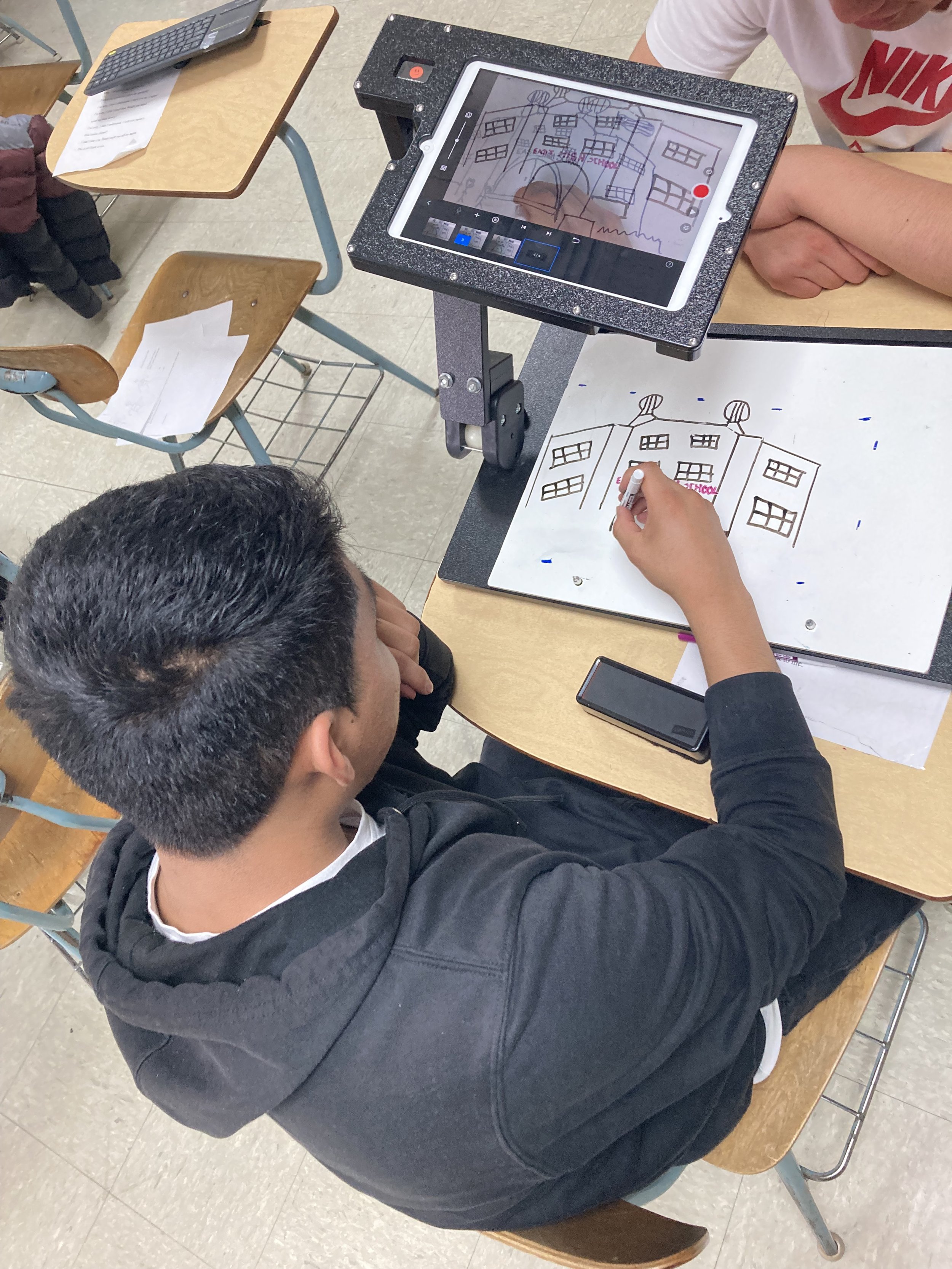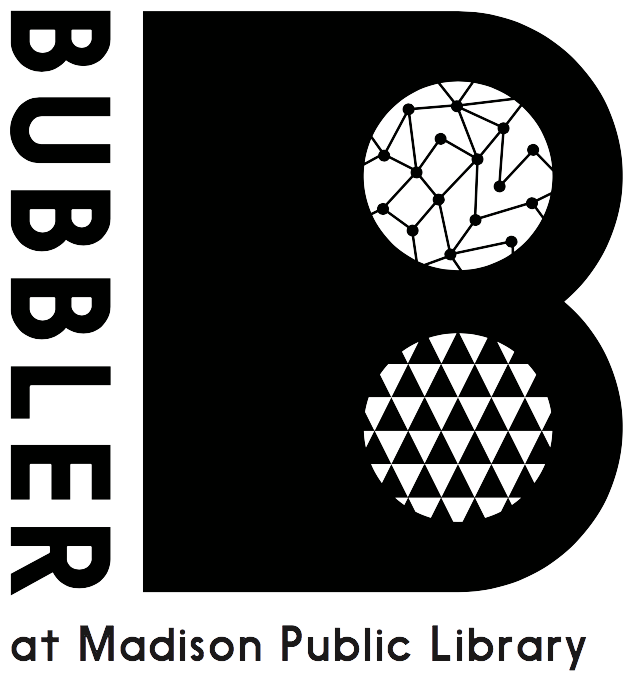Our Philosophy
Our Philosophy




Libraries are spaces for learning, a foundation that everything we do in Madison Public Library and The Bubbler is built upon. Over time, we’ve developed some core ways that we assess and understand how we do the work we do. And here’s why we do it:
Libraries are spaces for learning! We encourage patrons and artists alike to try new things, sometimes outside of their comfort zones, to learn and grow with the library. We are also learning all the time.
We love building relationships! While the end product of an art project or installation is often exciting and a great accomplishment, relationships and building genuine connections with others is often more important than the art itself. The vast majority of our artists call Madison home, and we love to facilitate new opportunities to be a part of their community.
We want artists to feel supported in the Madison community. We invite artists to bring original ideas to workshops, installations, exhibitions, and events. This kind of interactive, hands-on creativity that directly impacts the community is central to what we do.
Diverse backgrounds and perspectives create a more dynamic creative community. Everyone has different reactions to art because everyone has their own tastes, interests, and contextual knowledge. Just like how there are books you might not have an interest in picking up, a certain artwork might not appeal to you either. Another one could amaze, astonish, or teach you something new. We view art in our libraries as a community resource that provides new ways of looking and experiencing public spaces.
Sharing in the process builds greater connection and provides more learning opportunities. Libraries are powerful, shared spaces that bring together a range of perspectives. Art, like music or prose, is a form of expression and communication, and we feel that sharing how the work is made is just as important as seeing it when it’s finished.
Learn more about The Bubbler:
Meet our team.
Read our mission.
Dig into our press archive.
Read more about our work on the IMPACT blog.
